I have installed Autodesk's Fusion360 on a Windows virtual machine running onto an Ubuntu host. It all works fine except for rendering: all textures are rendered in a random colorful way.
For instance, on a classical windows machine this piece is rendered nicely with a grey aluminium texture, but on the virtual machine I get this:

I guess this is related to the way graphics are handled by the virtual machine. I followed the instructions of this thread, and installed the guest additions + direct3D support on the virtual machine, but I could not get the rendering to work properly.
I have not tried PCIe passthrough yet, but it seems a bit overkill and as there is no guarantee that it solves my problem I would like to find an easier solution.
Did anyone faced this kind of problem before ? Does anyone have an idea of what I could try to solve it ?
Hardware
- Asus X99E-WS motherboard with 64Gb of RAM
- ZOTAC GeForce GTX TITAN X graphics card (NVidia driver 352.63)
Host machine
- Ubuntu 14.04
- Virtualbox 5.0.10 (r104061)
Virtual machine
- Windows 10 with 8Gb allocated RAM
- Guest additions installed
- Direct3D support enabled
- 2D and 3D acceleration enabled